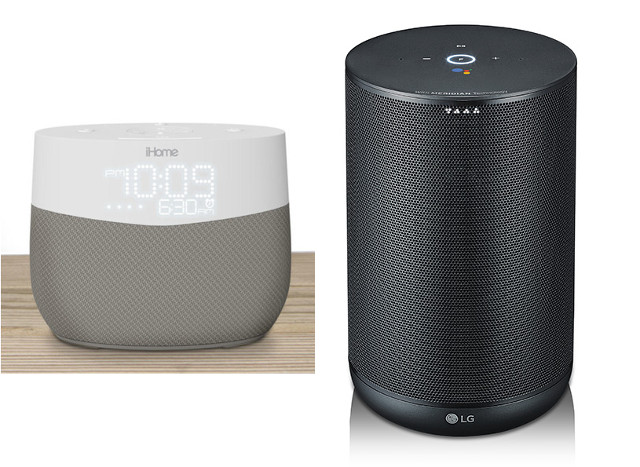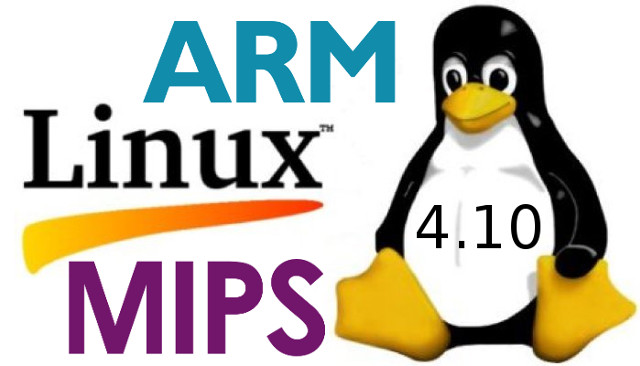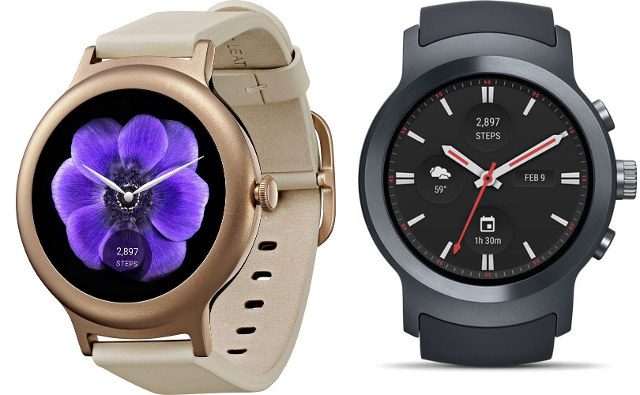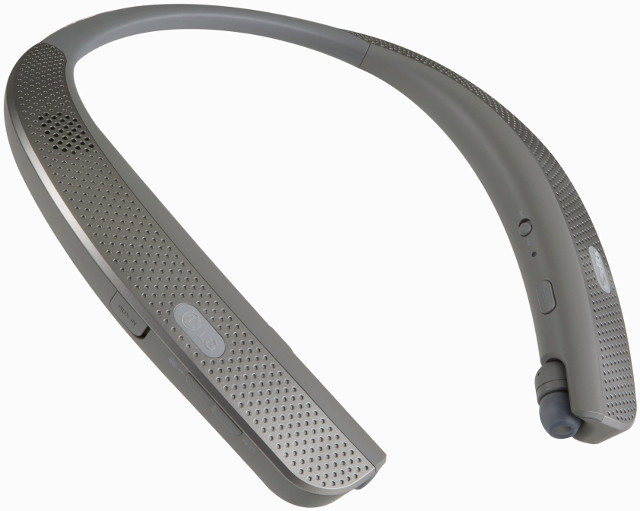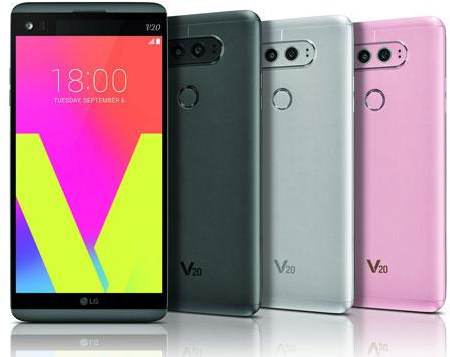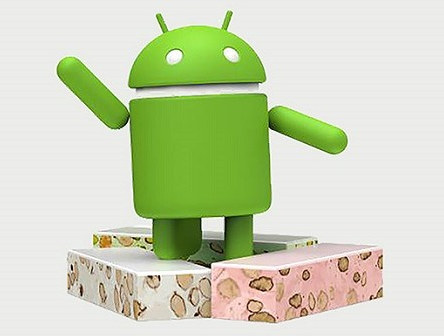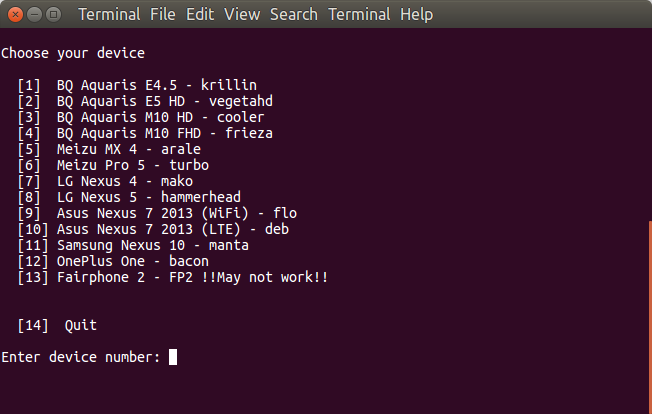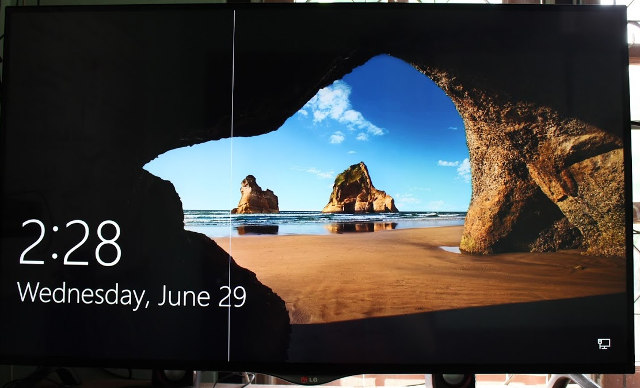Android Things was first introduced as Brillo in October 2015, before being renamed to Android Things the following year when a developer preview was released with support for Raspberry Pi 3, as well as Intel and NXP development boards. But if you can’t remember the last time you’ve purchased a device running Android Things that’s normal, because so far, there was none. Google announced this is going to change as the first set of Android Things products have been announced at CES 2018. The first category of devices to run Android Things will be Google Assistant enabled smart speakers with the launch of products such as iHome iGV1 and LG ThinQ WK7. ODM partners have also created full speaker reference designs based on certified Android Things and Cast System-on-Modules (SoMs) powered by Rockchip RK3229, Mediatek MT8516, or based on Qualcomm SD212 Home Hub Platform. NXP i.MX 8M solutions are also […]
Linux 4.10 Release – Main Changes, ARM & MIPS Architectures
Linus Torvalds has just released Linux 4.10: So there it is, the final 4.10 release. It’s been quiet since rc8, but we did end up fixing several small issues, so the extra week was all good. On the whole, 4.10 didn’t end up as small as it initially looked. After the huge release that was 4.9, I expected things to be pretty quiet, but it ended up very much a fairly average release by modern kernel standards. So we have about 13,000 commits (not counting merges – that would be another 1200+ commits if you count those). The work is all over, obviously – the shortlog below is just the changes in the last week, since rc8. Go out and verify that it’s all good, and I’ll obviously start pulling stuff for 4.11 on Monday. Linus Linux 4.9 added Greybus staging support, improved security thanks to virtually mapped kernel stacks, […]
LG Watch Style and Watch Sport Smartwatches Launched with Android Wear 2.0
Google released an Android Wear 2.0 developer preview last May at Google I/O 2016, with the new operating system now supporting standalone apps and keyboard and handwriting input method, featuring a new user interface with material design support, integrating Google Fit & Google Assistant support, and supporting many of the features available in Android 7.0 Nougat like data saver, and emojis. The first two devices running the latest Android Wear 2.0 will be LG Watch Style and Watch Sport smartwatches. LG Android Wear 2.0 watches specifications can be found in the table below (Source: XDA) LG Watch Style LG Watch Sport (W280A) Display 1.2″ 360×360 P-OLED (Gorilla Glass 3) 1.38″ 480×480 P-OLED (Gorilla Glass 3) Processor Snapdragon Wear 2100 @ 1.1GHz RAM 512MB 768MB Storage 4GB Connectivity Wi-Fi, Bluetooth 4.2 Wi-Fi, Bluetooth 4.2, LTE, NFC, GPS Sensors Accelerometer, Ambient light sensor, Gyro sensor Heart Rate Sensor (PPG), Gyroscope, Accelerometer, Barometer […]
LG TONE Wireless Bluetooth Speakers & Earbuds Get Charged with a Neckband
Battery powered Bluetooth speakers are very common, and Bluetooth earbuds even more, but both are normally designed for different use cases. Last year ZAGG decided to bring both into a single product that you wear around your neck: Flex Arc Wireless Bluetooth earbuds + speakers now selling for about $56. The obvious advantage is that it includes larger battery than you can fit in earbuds and most Bluetooth headsets. ZAGG will soon be getting some competition as LG has designed two Bluetooth audio products leveraging your neck with LG TONE Studio (HBS-W120) equipped with a Hi-Fi DAC, 4 speakers, and two earbuds, and LG TONE Free (HBS-F110) with 2 “true wireless” earbuds that can be storage and charged in their neckband. The latter can also vibrate for incoming calls and text messages. An extra charging cradle is also provided for use cases when the neckband might not be convenient. LG […]
LG V20 Android 7.0 Smartphone is Powered by Qualcomm Snapdragon 820 Processor
LG V20 was mentioned during Android 7.0 release, as the first smartphone to ship with Android Nougat, but at the time, few details were provided. The Korean company has now released the full specifications, and the phone will come with a Qualcomm Snapdragon 820 processor, features a secondary display overlaying the main display to display notifications, a dual rear camera, and a replaceable battery. LG V20 smartphone specifications: SoC – Qualcomm Snapdragon 820 quad core Kryo processor up 2.2 GHz with Adreno 530 GPU System Memory – 4GB LPDDR4 Storage – 64GB UFS flash, and micro SD slot up to 2TB Display – 5.7″ touchscreen IPS Quantum display with 2560×1440 resolution; Secondary IPS Quantum Display with 160 x 1040 resolution Camera – 2x Rear cameras: 16MP with F1.8 Aperture OIS (standard angle) and 8MP with F2.4 Aperture (wide angle); 5MP front-facing camera; Steady Record 2.0 electronic image stabilization (EIS) Audio […]
Android 7.0 Released, LG V20 Android Nougat Smartphone Coming Soon
Since Google has changed their way of releasing new version of Android, as they are now taking input from developers using preview releases, we’ve known the main changes in Android 7.0 for a while including multi-window support, improved security, virtual reality support, Vulkan API, a new JIT/AOT compiler, and so on. The company has now made it official, and released Android 7.0 earlier today. Nexus 6, Nexus 5X, Nexus 6P, Nexus 9, Nexus Player, Pixel C, and Android One smartphones will receive an OTA update with the new firmware, and some other phones enrolled in Android Beta program will also get Android 7.0, but older Nexus 5 and Nexus 7 devices won’t. Google and LG also unveiled the upcoming LG V20, the first smartphone to ship with Android 7.0. Few details have been provided so far The LG V20 builds upon the premium and rich multimedia smartphone experience of last […]
Magic Device Tool Helps You Switch Between Android and Ubuntu on Supported Phones
There have only been a few phones released with or supporting Ubuntu so far, and those phones will normally be able to run Android too since Ubuntu Touch relies on Android drivers, and you may decide that Ubuntu is not for you and switch back to Android, or the contrary, if you’ve purchased an Android phone, you may want to install Ubuntu instead. In order to simplify the task of installing operating systems, Marius Quabeck has developed “Magic Device Tool“. As you can see from the screenshot above, 13 phones and tablets are currently supported. You’ll need a computer with Ubuntu 15.04 or greater to install the tool, and I’ve done so on Ubuntu 16.04:
|
1 2 3 4 |
git clone https://github.com/MariusQuabeck/magic-device-tool.git cd magic-device-tool chmod +x launcher.sh ./launcher.sh |
The script will also install phablet-tools if it is not already installed, so if you are not root, you’ll need your account to be member of sudoers. Once the initial setup is done, you’ll […]
Inside LG 4K TV, and My (Unsuccessful) Attempt at Repairing It
Long time readers of this blog may remember that I organized a crowdfunding event aiming at raising funds to buy equipment to test 4K TV boxes and mini PCs in early 2015, and one of the items I ended up purchasing was LG 42UB820T 4K television. It worked well for over a year, but I started to notice a single vertical appear on the TV in June, or about 18 months after purchase. A few more lines appeared in the following week, and it appears to have stabilized as shown in the picture below. While I understand that in Europe a 2-year warranty period is legally required, I’m based in Asia, and all I got was a one year warranty for the TV. So I had three choices: Ignore the problem Pay for the repairs Try to repair it myself So far, I’ve selected solution 1. because that’s the easiest […]


